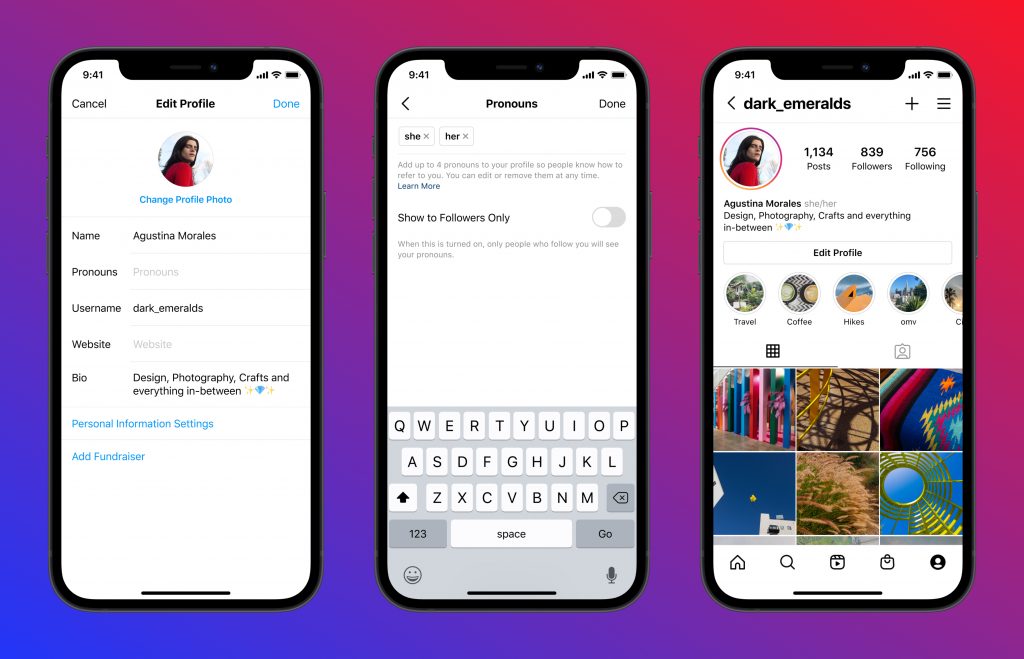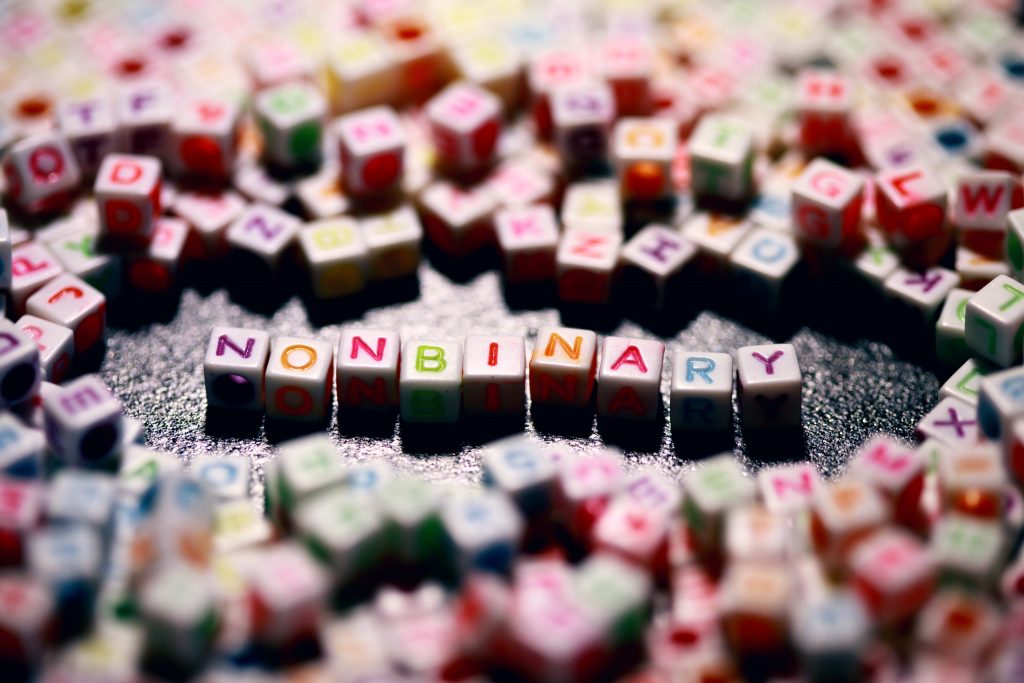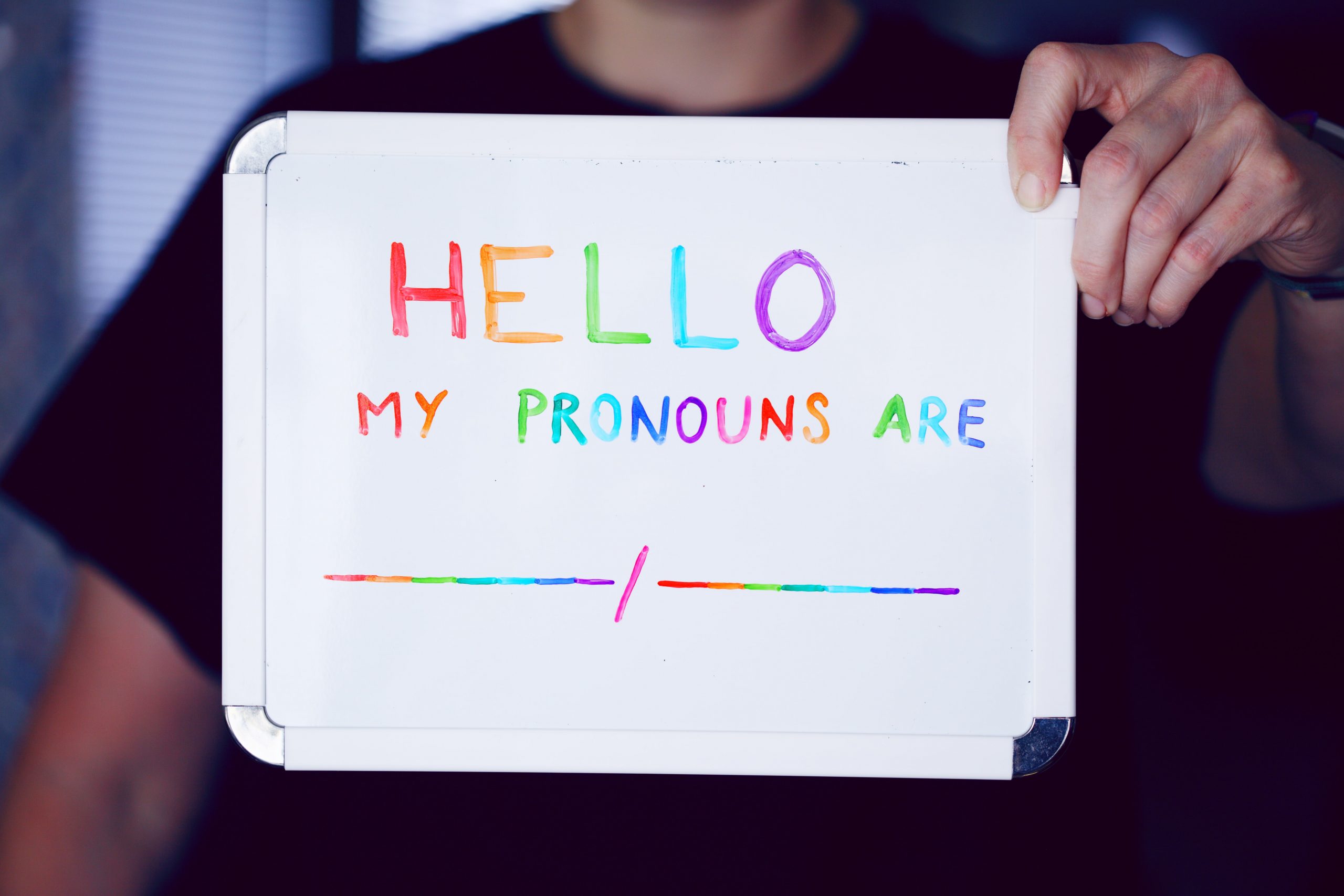Top image: Sharon McCutcheon / Unsplash
Months back, in the wee hours of the night, I stumbled across a TikTok of an individual introducing themself by the pronouns “ze/zim”. That was the first time I had encountered the use of unique, gender-neutral pronouns.
Even in my half-asleep state, my curiosity was sparked. And as much as I hate to admit it, so was my scepticism.
ADVERTISEMENT
Numerous questions came to me. For one, I didn’t exactly have any close friends or loved ones who went by gender-neutral pronouns, and I felt clueless. How does one go about it? What if you get it wrong?
But it seems that the most pressing question that popped up in my mind was, ‘How does this affect me?’.
The honest answer is that it probably doesn’t affect me that much. Much like names, pronouns are just words we use to refer to other people. That said, to a select few, pronouns form an intrinsic part of their identity, holding significance as an identifier of self.
Since then, I’ve encountered many more similar videos—and for allyship, pronouns are as good a place as any to start.

Why should we care?
For most people, our pronouns probably go hand-in-hand with our gender. Our singular and visible gender identity has never been a problem. We rarely worry about what we should be referred to because it’s simple, clear cut, and in many ways predictable.
But for non-binary, transgender and queer individuals, the approach is more complex.
“When you use the wrong pronouns, especially intentionally, it is a form of disrespect called misgendering, which can cause a person to feel ostracised and can trigger gender dysphoria in trans and gender-diverse individuals.” shared Alexander Teh, a youth worker at Oogachaga, a non-profit professional organisation that works with the LGBTQ+ community in Singapore.
Although transgender and gender-diverse individuals often adopt alternative pronouns, they aren’t exclusive to the LGBTQ+ community.
“Everyone uses pronouns in daily conversation, and most people, whether they are cisgender or not, have pronouns that they would like other people to use when referring to them,” said Alexander.
“Hence, when someone tells you their pronouns, it doesn’t mean that they are trans or gender-diverse. It just means they are letting you know how they want to be referred to and to be respected.”
Miss June Chua, founder of The T Project—a social service organisation for the transgender community, also shared that the acceptance of pronouns is the first important step to allyship.
A double-edged sword
Although the gender-related rhetoric in Singapore has evolved over the years to be more accepting, there’s still much ground to cover. The good news for the queer community is the growing awareness regarding the issue—social media platforms like Instagram and LinkedIn introduce features to indicate one’s preferred pronouns. In the corporate world, more companies are encouraging staff to include pronouns within their e-signatures.
ADVERTISEMENT
With these inclusions, the conversation about people’s gender pronouns has also grown exponentially.
But what we see now paints a different picture from a time not too long ago. Before the proclamation of preferred pronouns hit the mainstream, trans individuals could not freely declare their labels.
“In the past, terms like ‘non-binary’ and ‘gender spectrum’ weren’t popular. You could only be categorized as an ah gua, a lesbian or gay man,” shared June. “Now, the usage and variety of pronouns and gender-neutral terms are complex.”
This complexity, however, could be a double-edged sword. “It might be much more complicated for certain people to understand and adopt these terms, so they could use it as an excuse [not to use the right pronouns].”
“People will complain, ‘Wah, very difficult leh’,” sighed June. “But introducing and accepting pronouns is the first step. By doing that, you are allowing people to feel seen.”

Neopronouns explained
Beyond “he/him”, “she/her”, and “they/them”, there also exists a non-exhaustive list of non-binary, epicene pronouns—one such example being “ze/zim”, which I discovered on TikTok.
These are called neopronouns, where new or existing words can be used in place of a pronoun without the expression of gender. For someone who is non-binary, a neopronoun might be what allows them to feel seen as opposed to a catch-all term like “they”.
A recent survey of pronoun use conducted by The Trevor Project—the world’s largest suicide prevention organisation for LGTBQ+ individuals—found that 25% of youths use non-binary pronouns exclusively, while 4% uses neopronouns.
There also exists the noun-self phenomena, where individuals adopt a preexisting word and turn them into a set of pronouns.
A 2019 study posits that beyond gender, individuals who use nounself pronouns can take inspiration from different aspects of their lives, such as nature, emotions, and folklore or mythology.
And while the use of neopronouns is not exactly common, it has still experienced its fair share of scepticism and trolling. A quick Google search spits back “Neopronouns are not valid” as one of the autofill suggestions.
To better understand the Singaporean sentiment, I spoke to two university students, Nicole and Wendy.
“Language is arbitrary. We should move to a place where he, she, or it is no longer gender bound. To me, it doesn’t make sense if your pronouns only exist in the English language because some languages don’t even have gendered pronouns,” shared Wendy.
Both youths, aged 20, also agreed that they would use whatever pronoun an individual is comfortable with, out of respect.
More than just a label
In recent years, pronouns have become a staple, commonly found across various touchpoints online. And perhaps, because they’ve been implemented in places we spend most of our time, pronouns are starting to become normalised here in Singapore.
“I’ve only had a handful of people outside work ask me why I sign off with my pronouns even though they know I am a man that uses traditionally male pronouns (he/him),” said Alexander. “But after explaining that I also do it to show others that they can share their pronouns with me, they are quite understanding.”
“Some even go on to say they would like to do the same, which is always fab!”
I’ve also seen many of my friends opt to display their preferred pronouns on apps like Instagram and TikTok. While I am glad to see the uptake and acceptance of pronouns, with awareness being spread day by day, it has also left me wondering what the next step forward is.
Some people might think to just display their pronouns online and call it a day. Once they’ve shown that they care about the cause, they stop talking about it altogether.
June shares that this is a form of ‘tokenism’, which people should be mindful of since gender identity, sexuality and issues concerning the LGBTQ+ community are delicate matters.
In a time where every other organisation hopes to be diverse and inclusive, the support for the community must extend beyond a single line or a single post. It is crucial that “inclusivity” and “diversity” are not just left as buzzwords.
“Include a field for pronouns in job application forms, on your ‘Meet the Team’ page on your website for everyone featured, write it into formal and informal staff introductions, introduce yourself with your pronouns when conducting interviews or meeting clients and partners,” offered Alexander.
“With the support of the company and its policies, this can have a huge positive impact on your company and every person you encounter.”
So, what can Singaporeans do?
If it does start with just pronouns, then how can we foster a more inclusive environment? What can we do better?
In my conversation with Alex, he shared five key points that anyone can follow.
It starts with you. Build a habit of introducing yourself with your pronouns so the person you are speaking to can take the cue and do the same. It has the added advantage of letting trans and gender-diverse folks you encounter know that you will respect them. If you are not sure, ask them directly, and don’t forget to thank them for sharing.
Mistakes can happen. You can’t undo them but be sure to apologise, correct yourself quickly, and move on with the conversation. Dwelling on it after the conversation will not be helpful for you or the person whose pronouns you got wrong. What matters is that your apology is sincere and that you consciously make an effort not to make the same mistake again.
Stand up for someone if they are being misgendered. Correct the person who made a mistake. If they continue to get it wrong, be it unconsciously or intentionally, have a conversation with them and let them know how hurtful it can be to the other person when their correct pronouns are not respected.
Be open to gender-neutral pronouns. We grew up using he/him pronouns for boys and men, and she/her pronouns for girls and women. However, there is also the singular they/them pronoun that is commonly used (and grammatically correct) with folks who are not comfortable with gendered pronouns. There are also other non-gendered pronouns that people are using, which can be used instead of regular pronouns.
Consistency is key. Whether a person is in the same room as you, you should remember to use their correct pronouns. This is good practice if a person has recently changed their pronouns, or you have just found out that you’ve been using the wrong pronouns, affirming people to know that they are respected, even if they are not physically present.
The harrowing truth
In a Singaporean study done earlier this year, a correlation was found between suicidal behaviour and experienced homophobia.
Sexual minority youths were more likely to exhibit suicide-related behaviour (e.g., ideation, planning, attempting, and medically serious attempts) than their heterosexual counterparts.
Separately, in 2019, TODAY reported that more LGBTQ+ individuals were seeking mental health support in response to feelings of isolation and depression.
In addition, stress from discriminatory experiences was a recurring theme among those who sought help.
Another study by The Trevor Project found that the risk of suicide is dramatically reduced when youths’ identities are respected.
Even despite the causality with which we can display our pronouns online, these studies are a testament that genuinely respecting and accepting the language that youth use to self-identify their gender is not only polite but can also save lives.
This is why it is imperative for all of us to be well versed in the matter.
No matter how many pronouns or labels are presented, the community hopes for one thing. “Patience. Because sexuality and gender identity are evolving, we are also exploring,” June said. “Whatever we tell you, that is our truth.”







